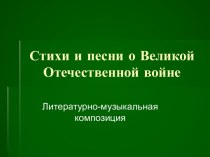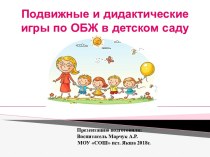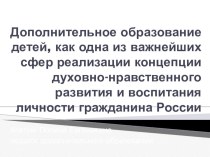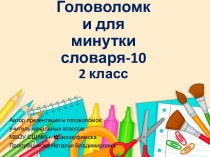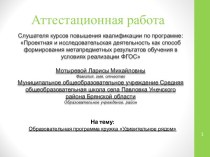- Главная
- Разное
- Бизнес и предпринимательство
- Образование
- Развлечения
- Государство
- Спорт
- Графика
- Культурология
- Еда и кулинария
- Лингвистика
- Религиоведение
- Черчение
- Физкультура
- ИЗО
- Психология
- Социология
- Английский язык
- Астрономия
- Алгебра
- Биология
- География
- Геометрия
- Детские презентации
- Информатика
- История
- Литература
- Маркетинг
- Математика
- Медицина
- Менеджмент
- Музыка
- МХК
- Немецкий язык
- ОБЖ
- Обществознание
- Окружающий мир
- Педагогика
- Русский язык
- Технология
- Физика
- Философия
- Химия
- Шаблоны, картинки для презентаций
- Экология
- Экономика
- Юриспруденция
Что такое findslide.org?
FindSlide.org - это сайт презентаций, докладов, шаблонов в формате PowerPoint.
Обратная связь
Email: Нажмите что бы посмотреть
Презентация на тему Suggestopedia. Bulgarian doctor and psychotherapist Georgi Lozanov. (Лекция 2)
Содержание
- 2. . Georgi LozanovSuggestopedia“Learning is a matter of attitude, not ”aptitudeBulgarian doctor and psychotherapist
- 3. BACKGROUNDThe originator of this method, Georgi Lozanov,
- 4. SUGGESTOPEDIAIt is an approach to education whose
- 5. THE PRINCIPLES1. What are the goals of
- 6. 5. How are the feelings of the
- 7. What are the goals of teachers who
- 8. What is the role of the teacher?
- 9. What are some characteristics of the teaching/Learning
- 10. What is the nature of student-teacher interaction?The
- 11. How are the feelings of the students
- 12. . How is language viewed? How is
- 13. What areas of language are emphasized? What
- 14. What is the role of the students’
- 15. How is evaluation accomplished?Evaluation is conducted on
- 16. How does the teacher respond to student
- 17. THE TECHNIQUES AND THE CLASSROOM SET-UPClassroom set-upPeripheral learningPositive suggestionChoose a new identity
- 18. Role playFirst concert (active concert)Second concert (passive concert)Primary activationCreative adaptation
- 19. DecipheringConcert session (Active and Passive)ElaborationIN PRACTICEThe lesson of desuggestopedia consisted of three phases
- 20. Then it has developed into four phasesIntroductionConcert sessionElaborationProduction
- 21. Скачать презентацию
- 22. Похожие презентации
. Georgi LozanovSuggestopedia“Learning is a matter of attitude, not ”aptitudeBulgarian doctor and psychotherapist



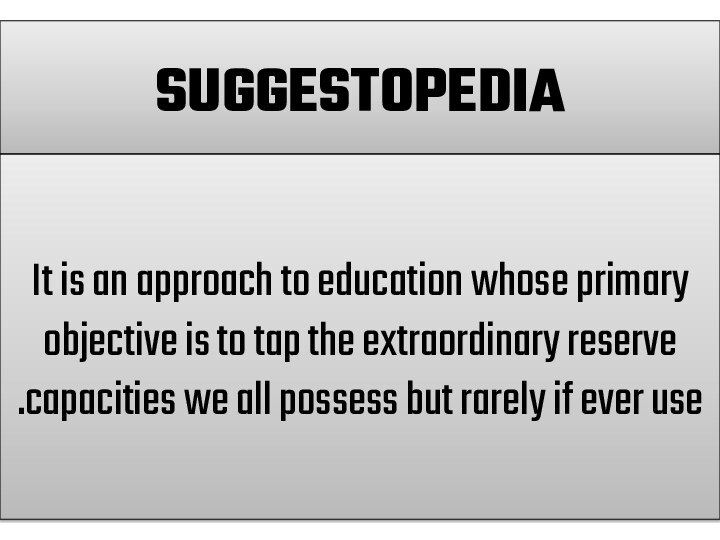












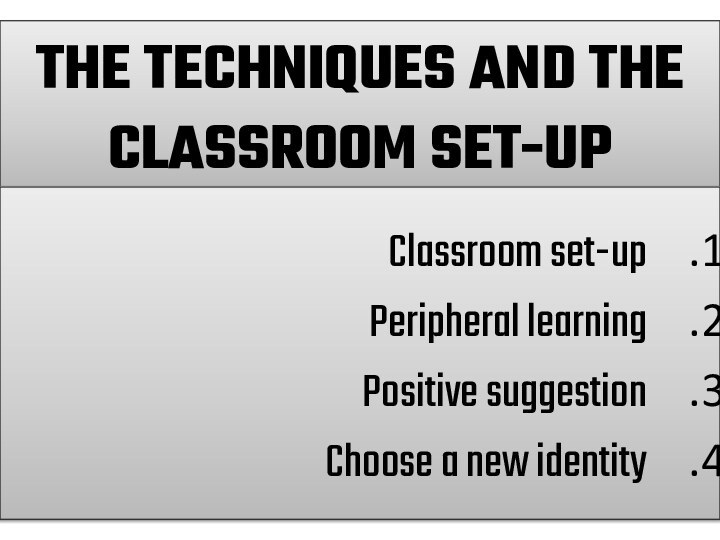




Слайд 3
BACKGROUND
The originator of this method, Georgi Lozanov, believed
that language learning can occur at a much faster
rate than ordinarily transpires.
Слайд 4
SUGGESTOPEDIA
It is an approach to education whose primary
objective is to tap the extraordinary reserve capacities we
all possess but rarely if ever use.
Слайд 5
THE PRINCIPLES
1. What are the goals of teachers
who use Desuggestopedia?
2. What is the role of the
teacher? What is the role of the students?3. What are some characteristics of the teaching/Learning process?
4. What is the nature of student-teacher interaction?
Слайд 6 5. How are the feelings of the students
dealt with?
6. How is language viewed? How is culture
viewed?7. What areas of language are emphasized? What Language skills are emphasized?
8. What is the role of the students’ native language?
9. How is evaluation accomplished?
10, How does the teacher respond to student errors?
Слайд 7 What are the goals of teachers who use
Desuggestopedia?
Teachers hope to accelerate the process by which students
learn to use a foreign language for everyday communication. In order to do this, more of the students’ mental powers must be tapped. This is accomplished by desuggesting the psychological barriers learners bring with them to the learning situation and using techniques to activate the “paraconscious” part of the mind, just below the fully- conscious mind. Слайд 8 What is the role of the teacher? What
is the role of the students?
The teacher is the
authority in the classroom. In order for the method to be successful, the students must trust and respect him/her. If they trust the teacher, they can be more spontaneous and less inhibited.
Слайд 9
What are some characteristics of the teaching/Learning process?
A
Desuggestopedic course is conducted in a classroom which is
bright and cheerful. Posters displaying grammatical information about the target language are hung around the room in order to take advantage of students' peripheral learning. The posters are changed every week to create a sense of novelty in the environment.Students select target language names and choose new occupations. During the course they create whole biographies to go along with their new identities.
The texts in handouts contain lengthy dialogs in the target language and next to a translation in native language. There are also some notes on vocabulary and grammar.
Слайд 10
What is the nature of student-teacher interaction?
The teacher
initiates interactions with the hole group of students and
with individuals right from the beginning of a language course. Initially, the students can only respond nonverbally or with a few target language words they have practiced. Later the students have more control of the target language and can respond more appropriately and even initiate interaction themselves.Слайд 11 How are the feelings of the students dealt
with?
If students are relaxed and confident, they will not
need to try hard to learn the language. It will just come naturally and easily. The psychological barriers that students bring with them should be desuggested. Indirect positive suggestions are made to enhance students' self- confidence and to convince them that success is obtainable. Слайд 12 . How is language viewed? How is culture
viewed?
Language is the first of two planes in the
two-plane process of communication. In the second plane are the factors which influence the linguistic message. The culture which students learn concerns the everyday life of people who speak the language. The use of fine arts is also important in Desuggestopedic classes.





